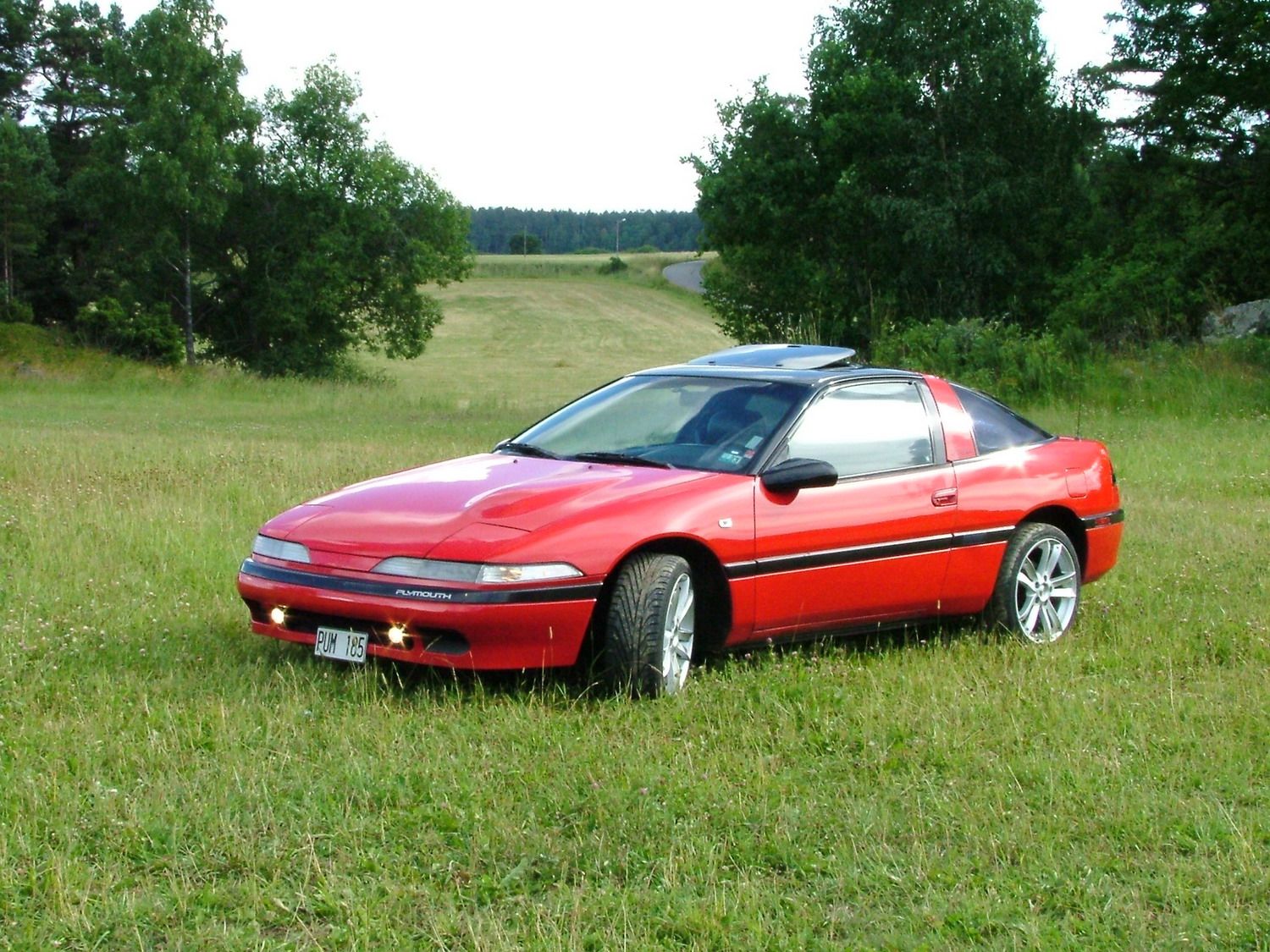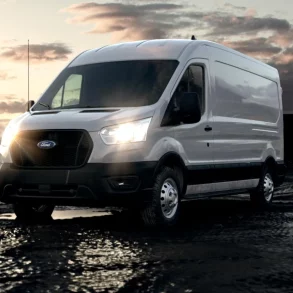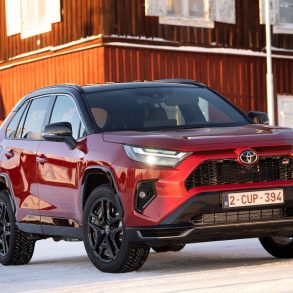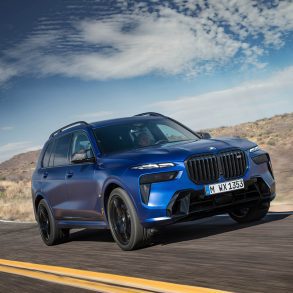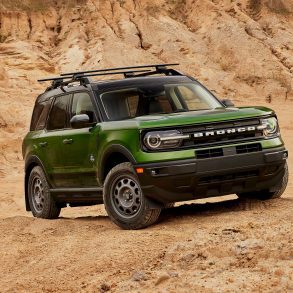Plymouth Laser
The Laser replaced the Plymouth Conquest in 1989. The Plymouth Laser was a sports coupe introduced by Plymouth, a division of Chrysler, in the early 1990s. It’s notable for being a result of the Diamond-Star Motors (DSM) partnership, a joint venture between Chrysler Corporation and Mitsubishi Motors. The Laser and its cousins, the Mitsubishi Eclipse and the Eagle Talon, became quite popular during the 1990s and are fondly remembered by many car enthusiasts. In summary, the Plymouth Laser represents a unique chapter in the history of Plymouth and Chrysler. It stands out as a symbol of collaboration between Chrysler and Mitsubishi and is remembered for bringing affordable performance to a generation of car enthusiasts.
Plymouth Laser Overview
The Plymouth Laser was introduced for the 1990 model year and produced until 1994. The car was built at the DSM facility in Normal, Illinois. As a result of the DSM partnership, the Laser was mechanically similar to the Mitsubishi Eclipse and the Eagle Talon. All three vehicles shared the same platform, powertrains, and many other components but had different branding and styling cues. The Plymouth Laser was designed to appeal to younger buyers and those looking for a sporty yet affordable coupe. It featured pop-up headlights in its initial design, a characteristic styling cue of many sports cars of that era. The interior was geared towards the driver, with a cockpit-like layout of controls and instruments. The Laser was available in various trim levels, including base, RS, and RS Turbo.
Engine options included a naturally aspirated 1.8L or 2.0L 4-cylinder, as well as a turbocharged 2.0L 4-cylinder for the RS Turbo variant. The turbocharged variant, in particular, was known for its spirited performance and became a favorite among car enthusiasts. Both front-wheel-drive (FWD) and all-wheel-drive (AWD) versions were available, with the latter being especially popular among performance enthusiasts.
The Plymouth Laser was discontinued after the 1994 model year. While the Mitsubishi Eclipse and Eagle Talon continued into further generations, Plymouth opted not to continue with a Laser successor. The decision was in line with Chrysler’s broader strategy of streamlining the Plymouth brand and focusing on other nameplates.
While it had a relatively short production run, the Plymouth Laser, along with its DSM siblings, has achieved something of a cult status among car enthusiasts, especially those interested in 1990s performance cars. The Laser and its counterparts are often recognized for their performance potential, and many have been modified for even greater speed and handling. The DSM trio is also remembered for symbolizing the collaboration between American and Japanese automakers during a period of significant industry transformation.

